Sometimes you don't need a massive screen that dominates your wall—what you want is something smart, sleek, and just the right size. A 32-inch smart TV fits beautifully in a bedroom, kitchen, or even a cozy living room setup. Here's a rundown of six impressive options that I think offer a great mix of performance, features, and price. Whether you're a binge-watcher, casual gamer, or just need a second screen to catch up on news and Netflix, there's something here for you.
Top 5 32-Inch Smart TVs
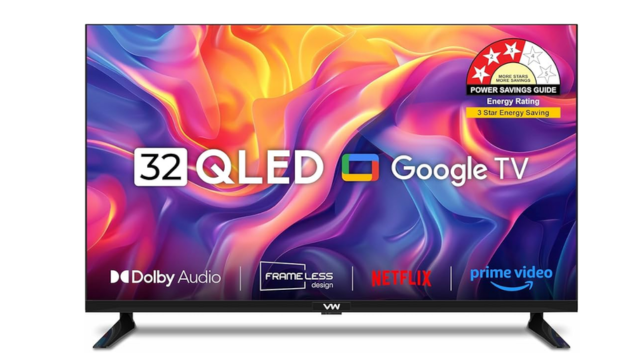
The moment I saw "QLED" paired with 32 inches, I knew this wasn't your average budget screen. VW's Pro Series is packed—literally—with features. Think Google TV, Dolby Audio, HDR10, and even MEMC for smoother visuals. I was pleasantly surprised to see a 30W speaker system here. The bezel-less design gives it a clean, modern look, and it handles voice commands with ease.
Pros:
- Google TV interface
- QLED display with HDR10
- 30W high-fidelity speakers
- Bluetooth 5.0 and dual-band Wi-Fi
Cons:
- RAM is only 1GB, which might limit multitasking
- Brand recognition isn't as high as others, but it holds up well
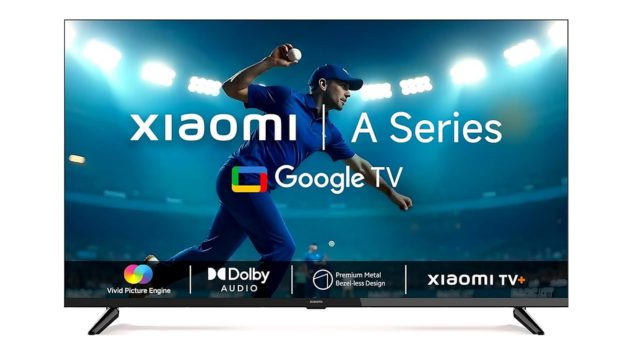
Xiaomi rarely misses the mark when it comes to balancing features and affordability. This model offers Google TV, quick settings access, and built-in voice assistant controls, all of which elevate the smart TV experience. The inclusion of two USB ports is a sweet touch for anyone who's constantly juggling pen drives or accessories.
Pros:
- Smooth Google TV OS
- Great app support including Netflix and Prime Video
- Voice-enabled Bluetooth remote
- Dolby Audio sound output
Cons:
- Slightly heavier than other models in this category
- Limited to 8GB storage
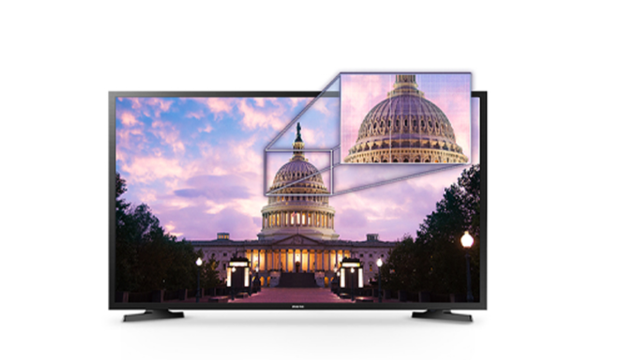
Samsung's offering is all about reliability. Running on Tizen OS, it has a clean interface and supports apps like Netflix, Hotstar, and Prime Video. The screen offers decent brightness and contrast for regular viewing. While the design isn't flashy, it's functional and familiar—sometimes, that's exactly what you need.
Pros:
- Crisp picture with HD PurColor
- 1.5 GB RAM for smooth basic operations
- Intuitive Tizen OS
- Lightweight and wall-mount ready
Cons:
- No Bluetooth support
- Fewer customisation options compared to Google TV
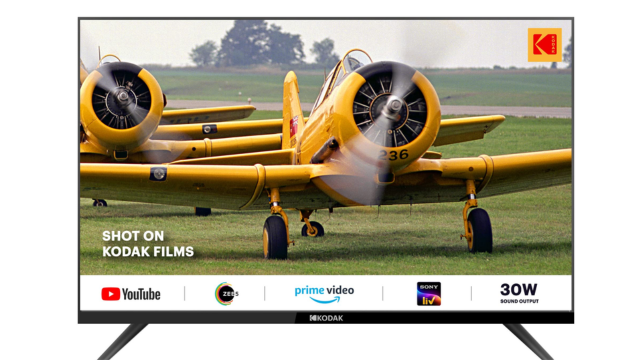
Kodak's 32-inch smart TV brings value without feeling stripped down. Running on a Linux-based OS, it still gives access to major apps and has a bright screen thanks to its A+ DLED panel. The highlight? Its three HDMI ports and two USB slots—seriously, that's rare in this range.
Pros:
- Ample ports for external devices
- High-brightness screen
- Great sound output at 30W
- Dedicated app buttons on remote
Cons:
- Only 512MB RAM and 4GB storage
- Limited app support beyond the basics
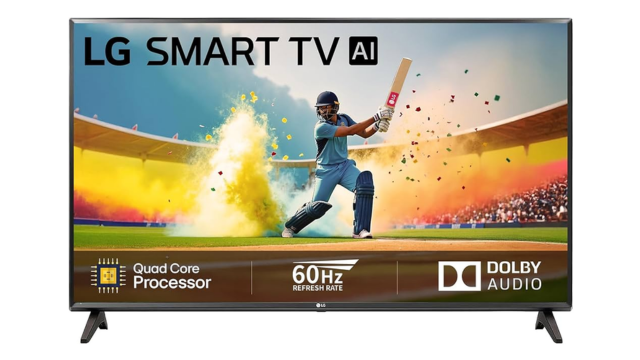
LG's 32LM563BPTC is the kind of smart TV that doesn't shout for attention but steadily earns your trust. It runs WebOS, which, while not as flashy as Google TV, is smooth and intuitive. With features like Active HDR and DTS Virtual:X, it's more than ready for immersive viewing.
Pros:
- Reliable WebOS experience
- Crisp display with Active HDR
- Multi-tasking capabilities
- Well-known after-sales service
Cons:
- Only 10W sound output
- RAM/storage feels limited in today's landscape
Final Thoughts: The 32-Inch Sweet Spot
It's incredible how much performance you can get in a 32-inch package these days. Whether you want bold QLED colour, smart Google features, or a simple, dependable screen, these TVs tick a variety of boxes. Personally, I'd lean toward the VW QLED or the Xiaomi model for the smartest ecosystem experience. But hey, if brand reliability is your top priority, Samsung and LG remain tough to beat.
The takeaway? Don't underestimate the power of 32. With smart features becoming the norm even at this size, you can get an immersive, connected experience without overwhelming your space—or your wallet.
Methodology Note
The recommendations and insights shared in this article are the result of a carefully structured evaluation process conducted by the editorial team at The Hook. To ensure the list truly reflects what Indian consumers need in 2025, we based our selections on a mix of qualitative and quantitative research.
We took into account brand reputation and reliability, with a focus on manufacturers known for consistent product quality and innovation in the Indian market. Just as important was each brand's after-sales service network.
We also studied user reviews and feedback posted on trusted e-commerce platforms like Flipkart and Amazon, as well as consumer forums and Reddit threads, to understand real-world experiences beyond the spec sheets.
Finally, the models featured were shortlisted after detailed brainstorming, internal discussions, and editorial analysis, balancing technical performance, design, pricing, energy efficiency, and everyday practicality. The goal: to offer readers a list that's not just data-driven, but genuinely useful when making a buying decision for their home.




















